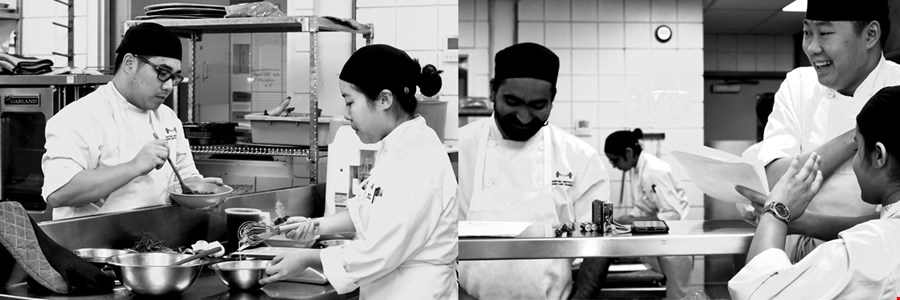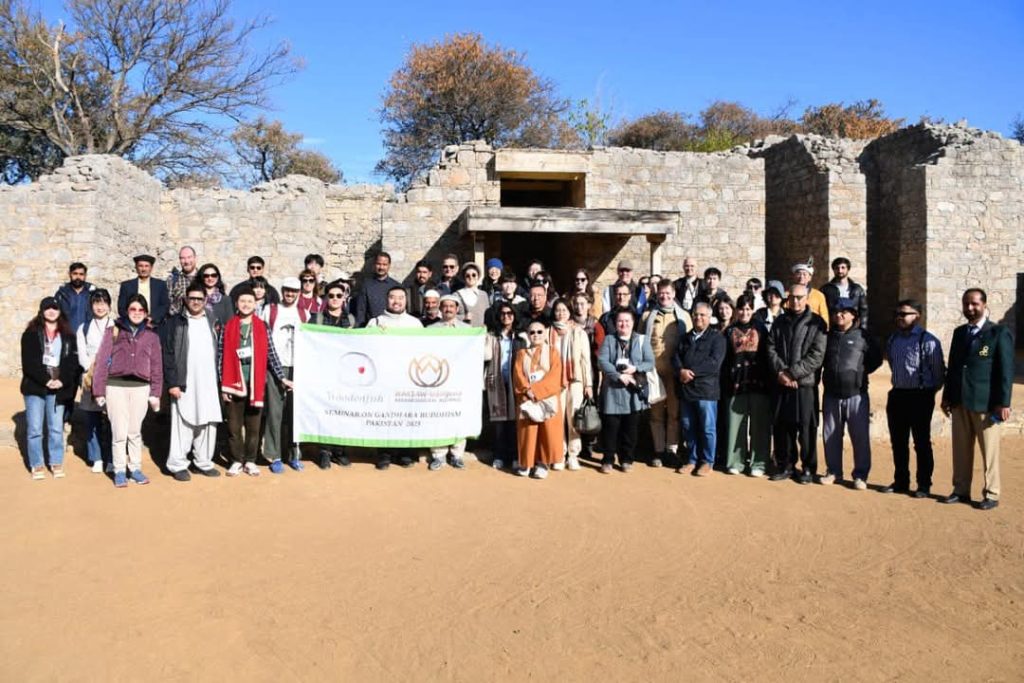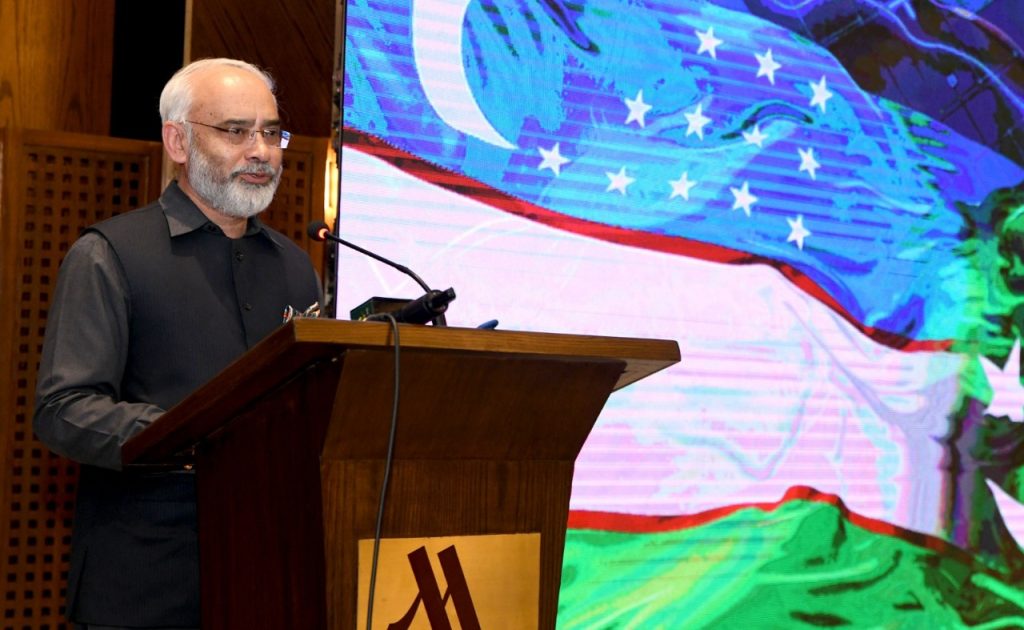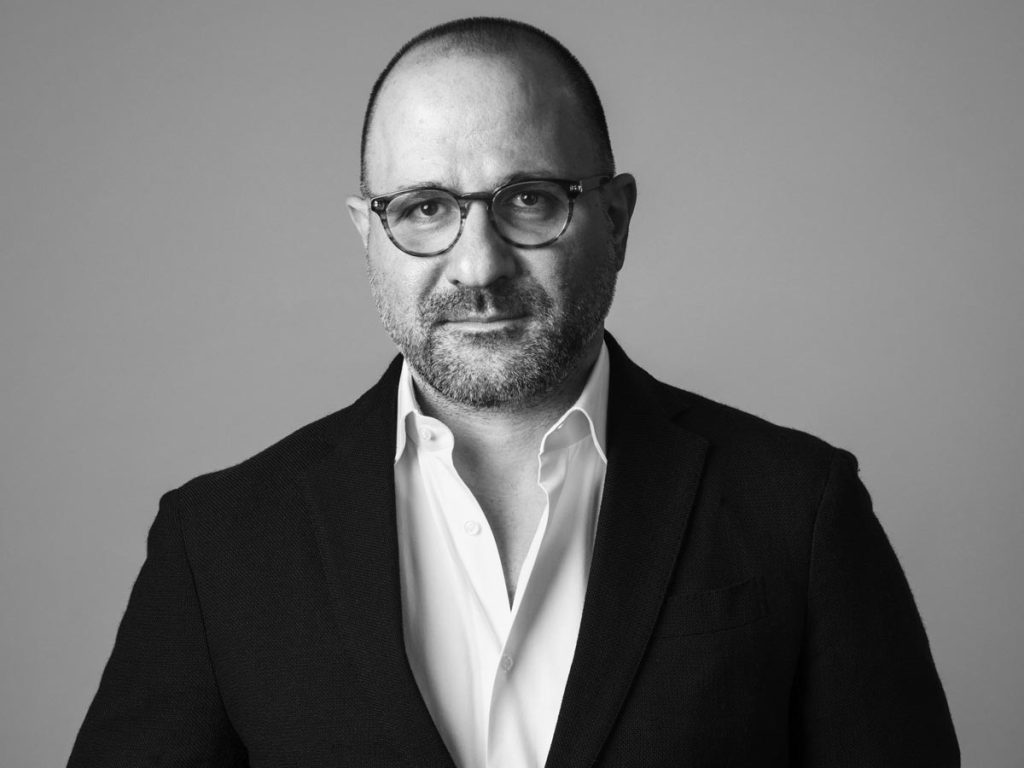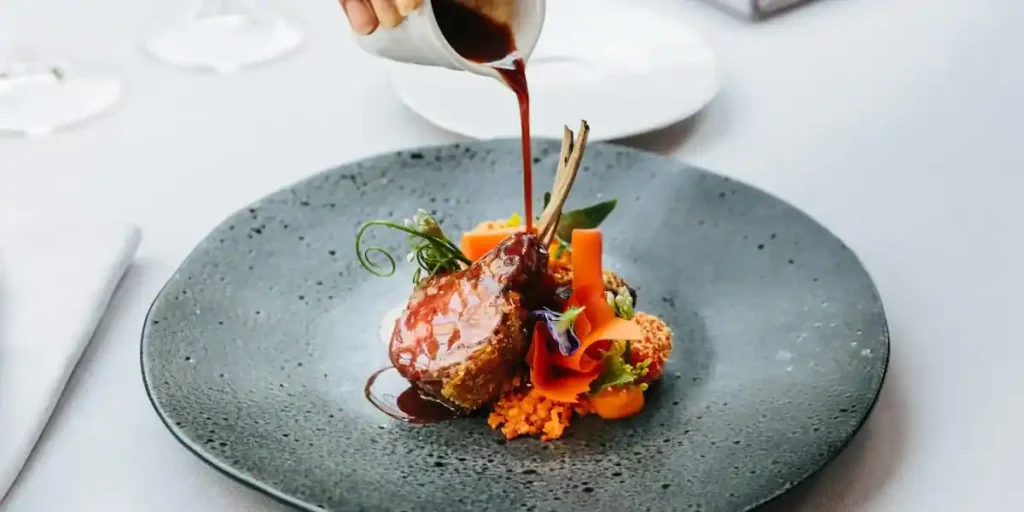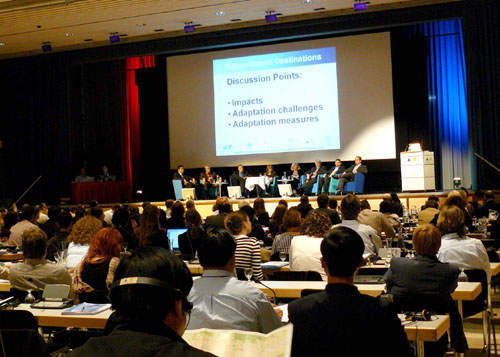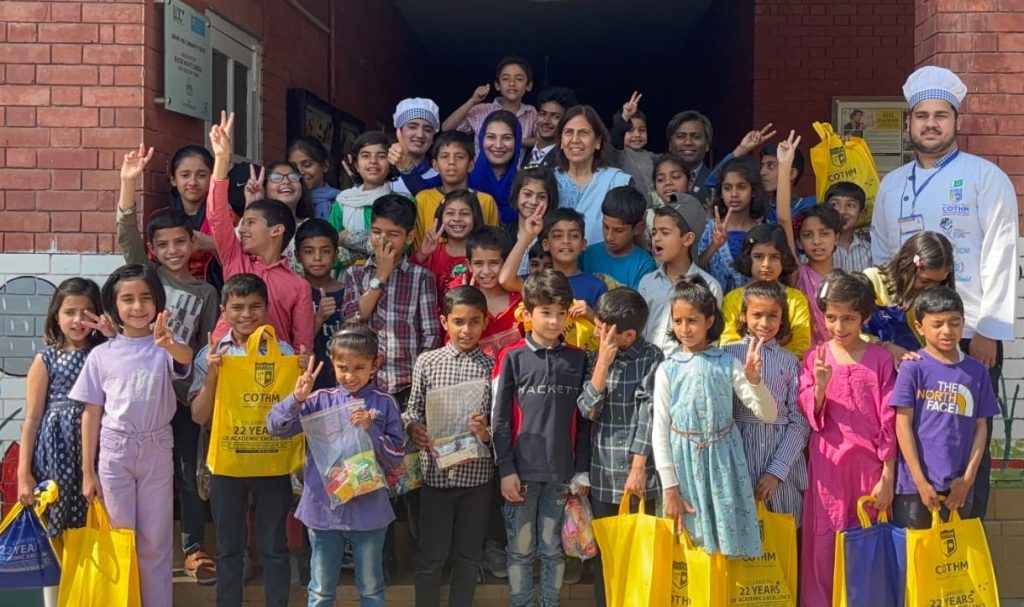By Khalid Mukhtar
Culinary arts, in which culinary means “related to cooking” are the cuisine arts of food preparation, cooking & presentation of food, usually in the form of meals. People working in this field – especially in establishments such as restaurants – are commonly called “chefs” or “cooks” although, at its most general, the terms “culinary artists” and “culinarian” are also used. Table manners (“the table arts”) are sometimes referred to as a culinary art.
Expert chefs are required to have knowledge of food science, nutrition and diet and are responsible for preparing meals that are as pleasing to the eye as they are to the palate. After restaurants, their primary places of work include delicatessens and relatively large institutions such as hotels and hospitals.
History
The origins of culinary began with primitive humans roughly 2 million years ago. There are various theories as to how early humans used fire to cook meat. According to anthropologist Richard Wrangham, author of Catching Fire: How Cooking Made us Human, primitive humans simply tossed a raw hunk of meat into the flames and watched it sizzled. Another theory claims humans may first have savored roasted meat by chance when the flesh of a beast killed in a forest fire was found to be more appetizing and easier to chew and digest than the conventional raw meat.
Culinary techniques improved with the introduction of earthenware and stoneware, the domestication of livestock, and advancements in agriculture. In early civilizations, the primary employers of professional chefs were kings, aristocrats, or priests. The divide between professional chefs cooking for the wealthy and peasants cooking for their families engendered the development of many cuisines.
A great deal of the study of culinary arts in Europe was organized by Jean Anthelme Brillat-Savarin, a man famous for his quote “Tell me what you eat, and I will tell you what you are”, which has since been mistranslated and oversimplified into “You are what you eat”. Other people helped to parse out the different parts of food science and gastronomy. Over time, increasingly deeper and more detailed studies into foods and the culinary arts has led to a greater wealth of knowledge.
In Asia, a similar path led to a separate study of culinary arts, which later essentially merged with the Western counterpart. In the modern international marketplace, there is no longer a distinct divide between Western and Eastern foods. Culinary arts students today, generally speaking, are introduced to the different cuisines of many different cultures from around the world.
The culinary arts, in the Western world, as a craft and later as a field of study, began to evolve at the end of the Renaissance period. Prior to this, chefs worked in castles, cooking for kings & queens, as well as their families, guest & other workers of the castle.
As Monarchical rule phased out as a modality, the chefs took their craft to inns & hotels. From here, the craft evolved into a field of study. Before cooking institutions, professional cooks mentors for individual students who apprenticed under them. In 1879, the first cooking school was founded in the United States: the Boston Cooking School. This school standardized cooking practices & recipes, and laid the groundwork for the culinary arts schools that would follow.
Tools & Techniques
An integral part of the culinary arts are the tools, known as cooking and kitchen utencils, that are used by both professional chefs and home cooks, alike. Professional in the culinary arts often calls these utencils by the French term “batterie de cuisine”. These tools vary in materials and use. Cooking implements are made from anything from wood, glass, various types of metals, to the newer silicones & plastic that can be seen in many kitchens today.
Within the realm of the culinary arts, there is a wide array of different cooking techniques that originates from various cultures and continue to develop over time as these techniques are shared between cultures and progress with the new technology. Different cooking techniques require the use of certain tools, food and heat sources that in order to produce a specific desired result. The professional kitchen may utilize certain techniques that a home cook might not, such as the use of an expensive grill but, cooking methods of various kinds can be found in any kitchen at virtually any point in modern human history.
Professional Study
Modern culinary arts students study many aspects of food. Specific areas of study include butchery, chemistry and thermodynamics, visual presentation, food safety, human nutrition and physiology, international history, the manufacturing of food items (such as the milling of wheat into flour or the refining of cane plants into crystalline sucrose), and many others.
Training in culinary arts is possible in most countries around the world usually at tertiary (university) with institutions government-funded, privately funded, or commercial.
References:
1. A Brief History of Cooking with Fire. National Geographic, 22 March 2019.
2. Catching Fire: How Cooking Made us Humans. Richard Wringham.
3. Encyclopedia of Food & Culture. Solomon H. Katz, 25 September, 2019.
About Author
Khalid Mukhtar is a Facilities Management Consulting Specialist. Having 40 years of experience in the hospitality industry, both in operation & staff training & development, including, five star hotels, educational institutions, corporate offices, worship places & shopping malls in Pakistan & abroad. A graduate in French language, from National University of Modern Languages, Islamabad. Presently, working as a visiting faculty at COTHM, Garden Town Campus, for teaching “Managing Housekeeping Operations” to Associate Degree program students. He can be reached at khalidmukhtar@live.com.

